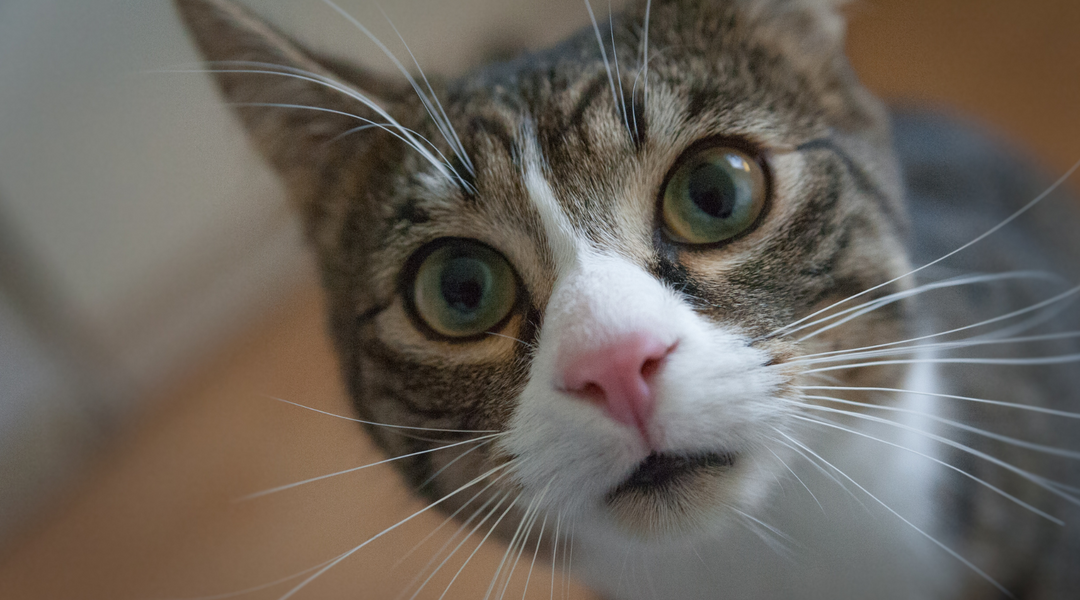Unmark Your Territory! 5 Ways to Stop Your Cat From Marking Territory
Let's face it, fellow cat enthusiasts, while our furry companions bring us immense joy, they also have a knack for some exasperating behaviors. One of the most vexing? The infamous territory marking. But before we embark on this quest to conquer this feline quirk, let's acknowledge the boundless love we have for our whiskered pals.
Marking territory, admittedly, tops the list of cats' most irksome habits. It's an instinctual behavior, a means of communication with fellow felines. Through the eloquent medium of urine, our cats stake their claim on a place, ward off intruders, and even signal their readiness to mingle in the dating scene.
Now, let's delve into the world of stopping your cat from this territorial spray-off. Firstly, it's vital to determine if your cat's mischievous peeing is indeed marking territory or if it's triggered by health or environmental issues.
Why is My Cat Peeing All Over the House?
Urine marking, often referred to as spraying, takes place on vertical surfaces like furniture sides or walls. It involves less urine volume but packs a punch in the smell department, thanks to additional chemicals that convey messages to other critters.
Regular urination, on the other hand, occurs on horizontal surfaces, with your kitty politely squatting on furniture, carpet, or floors.
Reasons Cats Relieve Themselves in Inappropriate Places
The most common reasons for cats to relieve themselves where they shouldn't include:
- Health Issues: Undiagnosed medical problems can prompt your adorable furball to urinate willy-nilly. Conditions like kidney disease or diabetes can lead to increased urine production, forcing your cat to go before reaching the litterbox. Painful afflictions such as urinary tract infections or cystitis can also make your feline friend relieve themselves anywhere. If you suspect health troubles, rush your pet to the vet posthaste.
- Mating Behavior: The ever-romantic quest for a mate, particularly in male cats, is a top cause of territorial marking. A timely neutering, ideally before the onset of heat, permanently resolves this issue.
- Environmental Shifts: Our feline friends thrive on routine, and upheavals like introducing a new cat, a human baby, or relocating to a different abode can send your cat's anxiety levels soaring. Their way of coping? You guessed it—territorial marking.
Ways to Get Your Cat to Stop Marking Territory
Now, here are some kitty-approved methods to help your cat kick the habit of marking territory:
- Pristine Litterbox Practice: Keep the litterbox immaculate, place it in a quiet, low-traffic area, and far from their dining spot.
- Power of Cleansing: Employ a specialized pet odor eliminator or an enzymatic cleaner that not only obliterates odors but also erases stains. Good Life Solutions Cat Pee Destroyer was formulated specifically to tackle difficult cat pee stains and odors and to deter your cat from marking their territory again.
- Redefine Associations: Encourage new associations by situating your cat's toys, food, or bedding in previously marked spots. Cats are creatures of tidiness; they tend to avoid marking where they play, eat, or rest.
- Quality Time Together: Engage in play sessions or simply shower your feline with affection. Quality bonding time reduces stress and anxiety.
- Behavioral Consultation: If needed, consider behavioral medication, but always under the guidance of your veterinarian. Consulting your vet ensures a well-thought-out plan to tackle the issue.
Have you grappled with your cat's territorial marking antics? If so, what strategies did you employ to steer them away from this habit?




